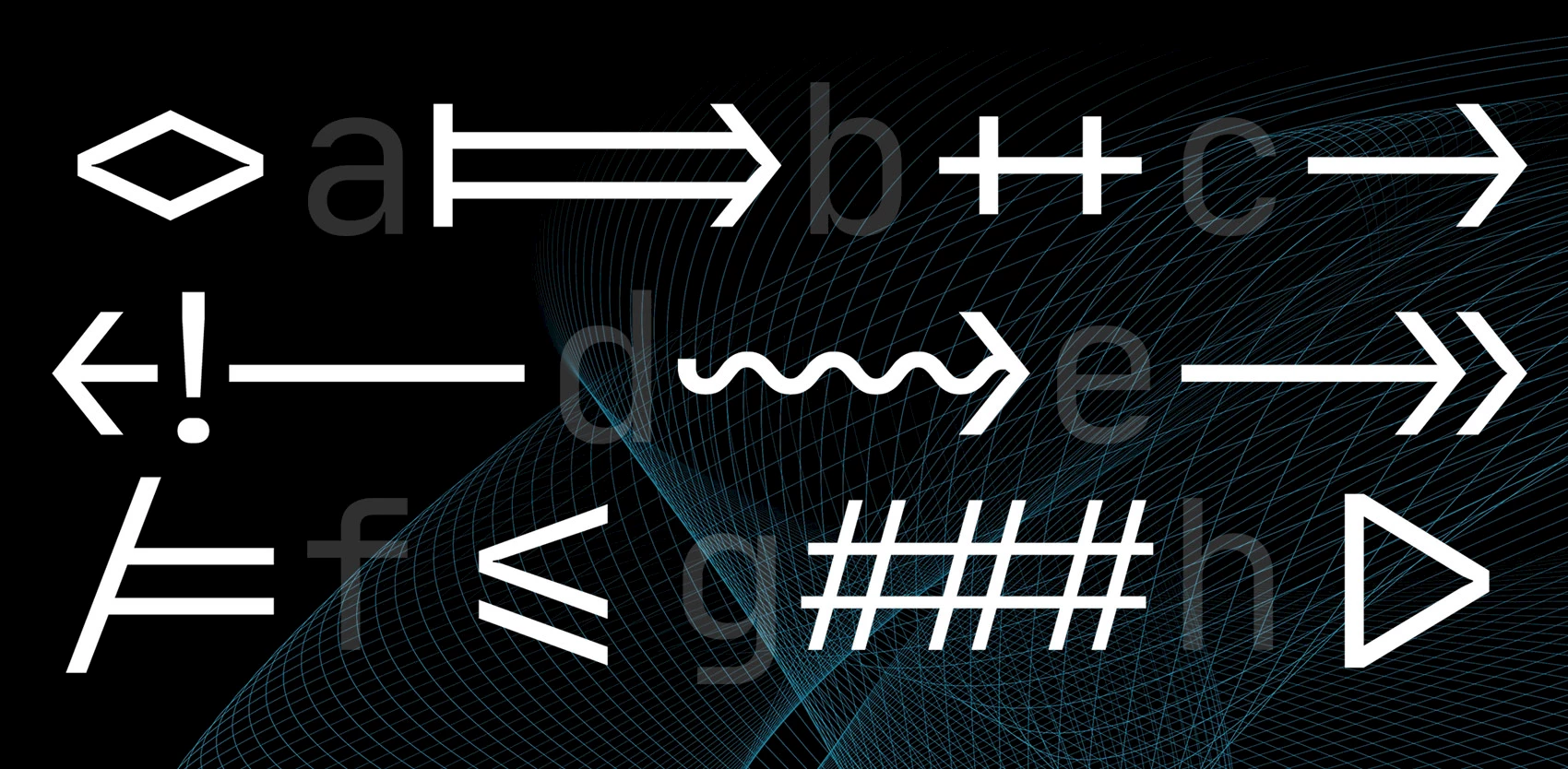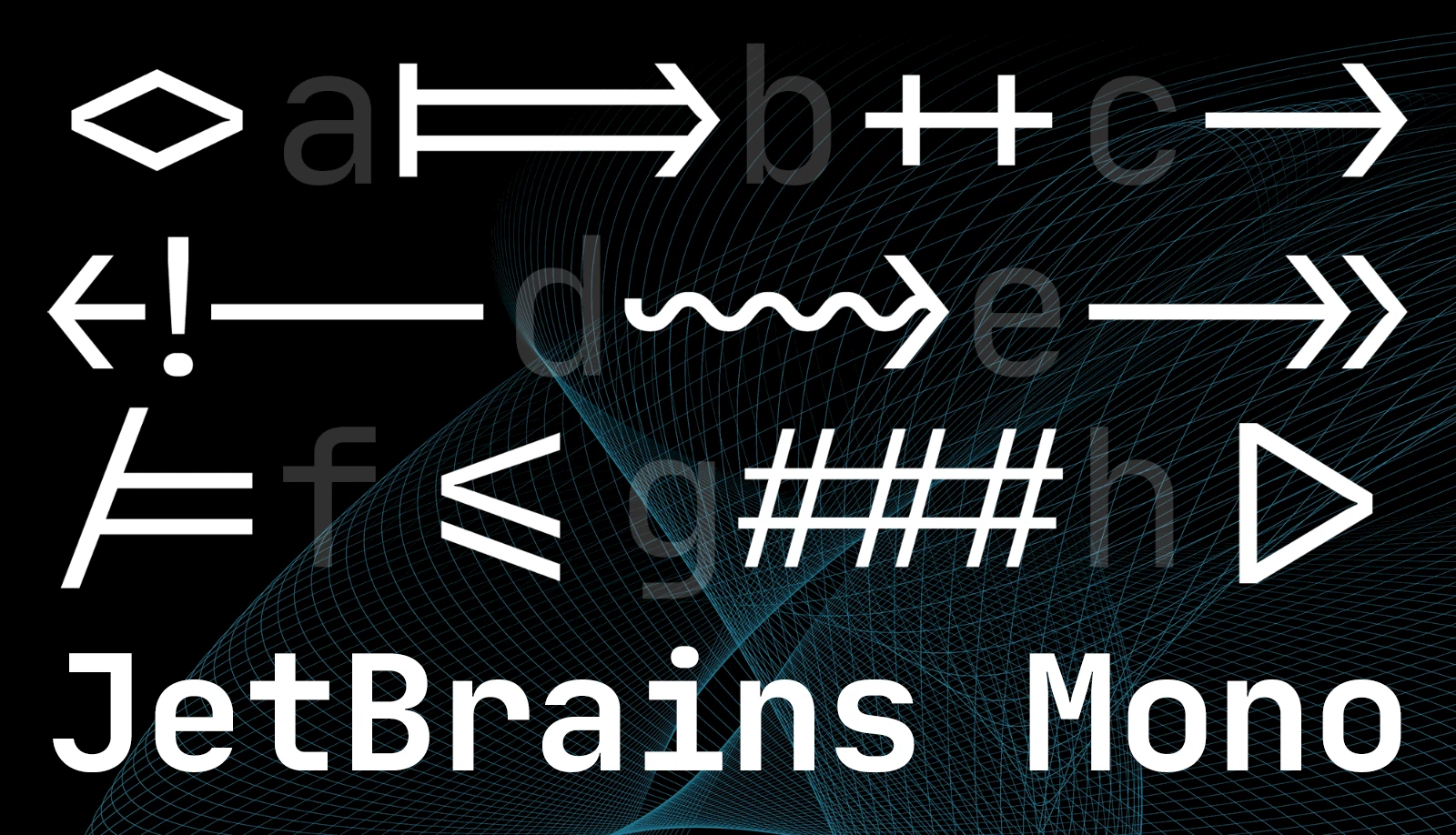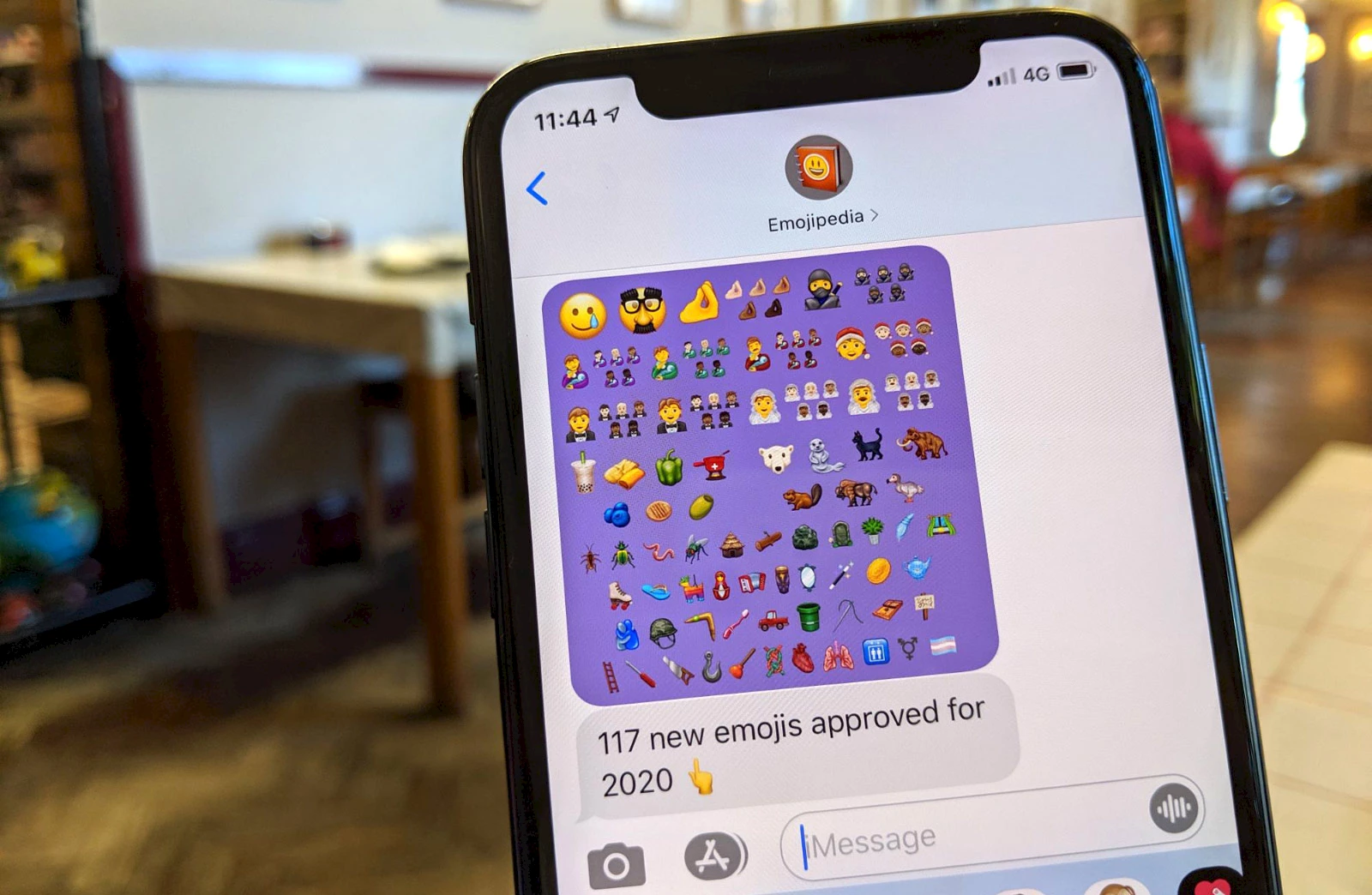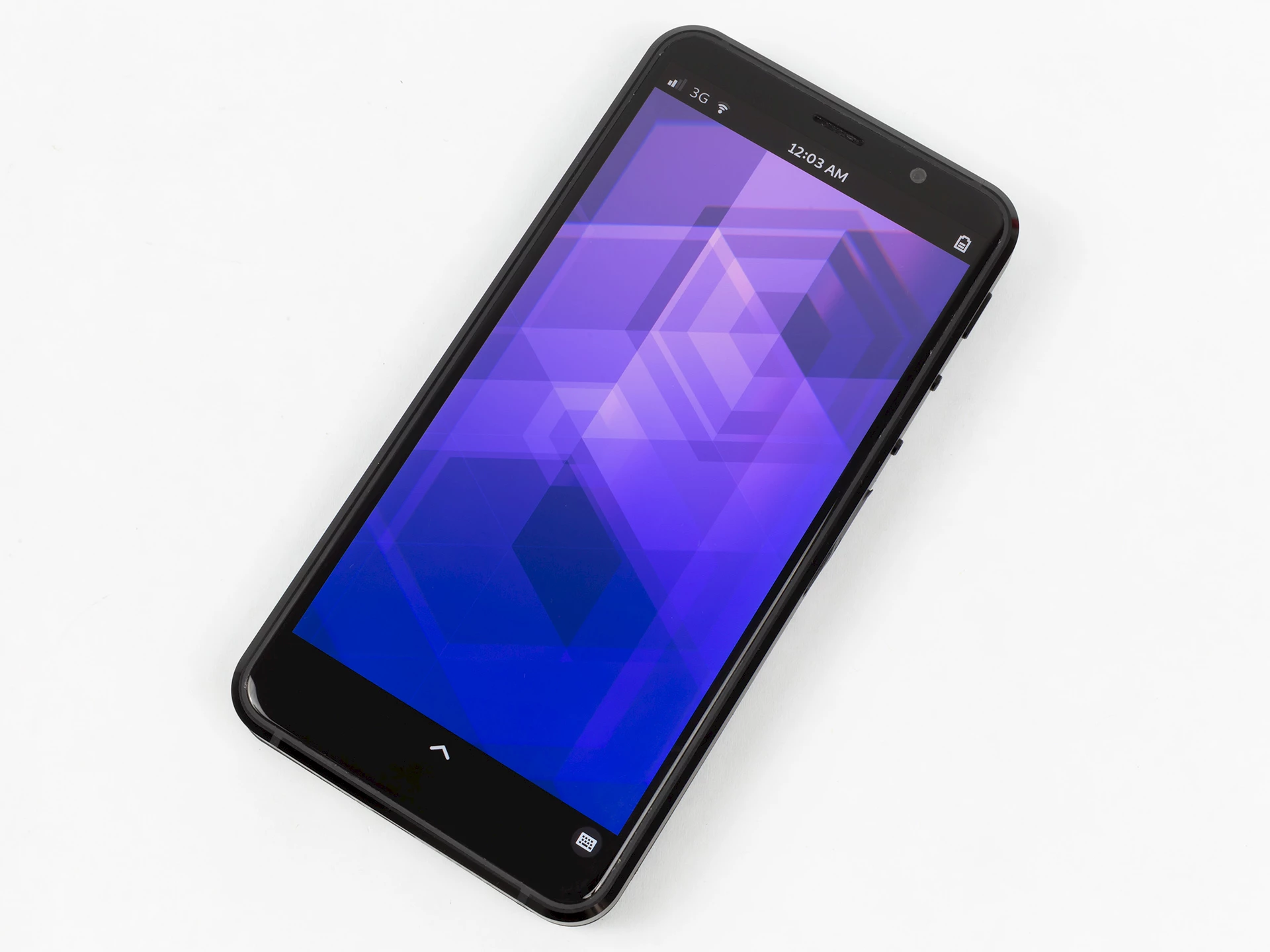Weekly Tech Recap - № 245 - Wenyan-lang, JetBrains Mono, new emojis, Librem 5, and Virtual Visor

文言, a classical Chinese programming language

文言文編程語言. Lingdong Huang.
The world’s most popular programming languages all have one thing in common: their keywords are in English (if, else, return, print, etc.). In fact, English is so integral to programming that it’s hard to imagine a programming language in any other language, let alone classical Chinese (古文). To remedy this situation, Lingdong Huang, a computer science student at Carnegie Mellon University, decided to add diversity to programming languages. Inspired by classical Chinese literature, Lingdong developed Wenyan-Lang, a programming language based on Chinese Hanzi characters. For example, in Wenyan-Lang, var c = false; translates to 吾有一爻。曰陰。名之曰「丙」。. Huang also developed a renderer that can display the program in the same format as ancient Chinese texts, and parse the resulting SVG file back to the original program. Check out the on-line IDE, which shows numerous examples of programs in action, like a universal Turing machine, a Mandelbrot set plotter, a Tower of Hanoi solver, etc.
⇨ “文言 / wenyan‑lang.”
⇨ GitHub, “文言文編程語言 A programming language for the ancient Chinese.”
⇨ Synced, Yuan Yuan, “CMU Senior Develops World’s First Classical Chinese Programming Language.”
JetBrains Mono

JetBrains Mono.
JetBrains, the software company best known for its integrated development environments, Kotlin language and continuous integration tool TeamCity, has developed a monospace font optimized to reduce developers’ visual fatigue. Since developers spend most of their time writing and reading code, the font they use should read easily and reduce visual fatigue. The font developed by JetBrains improves on several well-known fonts like Consolas, Cascadia Code, Fira Code, Inconsolata, and others: the x-height, or the relative height of lower-case letters compared to upper-case letters, excluding the ascenders and descenders, is higher, enhancing contrast and legibility at any given size. The shape of the ovals, which are almost rectangular, and the absence of any serifs or other unnecessary details eases vertical scanning (unlike regular readers, programmers do a lot of scanning from top to bottom or bottom to top, looking for specific items). Other noteworthy details include the number of ligatures (138!) for joining symbols typical of coding. And the best part of Mono is that this font, developed by Saint-Petersburg designer Philipp Nurullin, is open source, free and universally available (Apache 2.0 license).
⇨ JetBrains, “JetBrains Mono. A typeface for developers.”
117 new emojis for 2020

© Jeremy Burge, Emojipedia.
Unicode Emoji 13.0 has been finalized, and with it come 62 totally new emojis plus 55 gender and skin tone variants. The 117 new glyphs bring us to 3,304 total emojis. The new glyphs include, in no particular order: lungs, a ninja, a black cat, a bison, a woolly mammoth, a beaver (Canadian content), a dodo, a feather, a walrus, a fly, a sweet pepper, a matryoshka, an olive, a teapot, rollerskates, a magic wand, an accordion, a boomerang, a toothbrush, a polar bear, a mousetrap, a tombstone, a cockroach, a screwdriver, one flipflop and a transgender symbol. There’s even a non-gendered Santa Claus, called “Mx. Claus”. But you’ll probably have to wait a while to get these new emoji on your phone, until the various platforms implement them.
⇨ YouTube, “First Look: All 117 New Emojis for 2020.”
⇨ Ars Technica, Ron Amadeo, “Here are the 62 brand-new emoji for 2020.”
⇨ Emojipedia, Jeremy Burge, “117 New emojis in final list for 2020.”
Librem 5, the open source phone

Librem 5. Purism, CC-by-SA 4.0 license.
You have to be plucky, and maybe a little insane, to try to imagine a phone outside of the iOS/Android ecosystem, especially when you’re a small enterprise with limited means. Yet that’s exactly what Purism has done: the maker of open-source laptops has developed Librem 5, an open-source smartphone. Not only is its operating system based on GNU/Linux – not Android – but its hardware is also open source. While the Librem 5 is an actual product that you can buy – for USD750 – it’s more akin to a proof of concept than a finished product. Reporter Ron Amadeo, who has tested the phone, writes of the frustration he felt with its features, design and fabrication quality. But Librem knows about these problems and is working hard to solve them, since they make the phone all but unusable in real life. In any case, we respect the spirit of this company and its determination to open new horizons for smartphones. Who knows, after a couple of iterations, maybe Librem will become a viable option? We’re not holding our breaths, but we’re rooting for them.
⇨ Ars Technica, Ron Amadeo, “Librem 5 phone hands-on—Open source phone shows the cost of being different.”
Digital sun visor

Virtual Visor. © Robert Bosch LLC.
Since Henry Ford’s Model T, the auto industry has innovated its way to electric, driverless vehicles. But there is one cabin accessory that hasn’t changed since its inception: the sun visor. While you can’t live without it when you have the sun in your eyes, you’d like to do away with it when you keep having to adjust it due to changing light conditions. Bosch has tackled the problem, and developed a revolutionary visor that is nothing less than an LCD screen that automatically becomes transparent or opaque depending on the position of the sun. The Virtual Visor uses artificial intelligence and a driver-facing camera to detect the driver’s face. A proprietary algorithm then determines the position of the driver’s eyes and darkens or lightens select areas of the visor to keep the driver from being blinded by the sun, while maximizing the areas that remain transparent.
⇨ YouTube, “Bosch’s Virtual Visor Automatically Blocks the Sun.”
⇨ IEEE Spectrum, Lawrence Ulrich, “Bosch’s Smart Visor Tracks the Sun While You Drive.”
